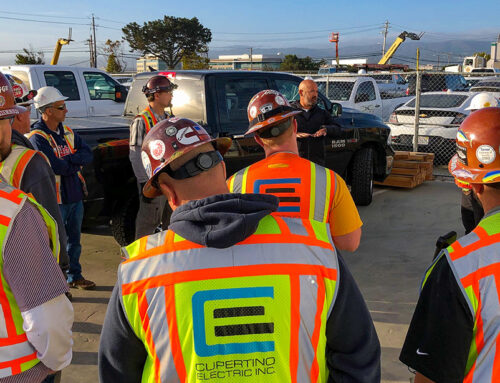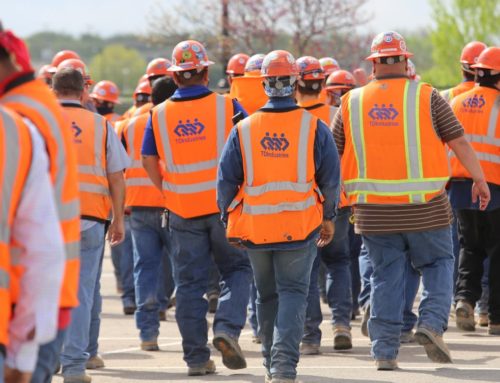How One Company Successfully Raised their Safety Engagement
March 6, 2019/by Barry Nelson
Dave Murphy, Safety Director of Pepper Construction, shares his personal experience on how he used SmartTagIt to increase communication and engagement across his operations to reduce their risk of accidents and injuries.
Picture your people in the field filling out their Task Hazard Analysis (THA) forms; while they may have put their sharp insights from pen to paper on their first days at the jobsite, there’s a good chance that by week seven their excitement has worn off. Analyzing risks has become a mundane task.
To streamline Pepper Construction’s THA process and enhance open communication in the field, this year we rolled out a new mobile application onto all our jobsites. The app, SmartTagIt, acts as a sort of social network, except instead of sharing pictures of food on Instagram, our workforce is sharing valuable information with co-workers.
How Social Safety Drove Engagement
SmartTagIt by FactorLab is an elegantly simple tool where superintendents, foremen and tradespeople can upload a quick THA video onto the platform. Other users can then comment, ask questions, offer suggestions or leave a note of praise.
Sharing the information in small groups – like amongst a jobsite – tends to increase the level of engagement. But the information users see isn’t limited to their own jobsites, either. They can select which THAs they want to see in their feed by changing the settings. Users can check for relevant videos and conversations on jobsites in the same market or just to see what information is being shared on other projects.
It all culminates to a shared learning experience among team members or across jobs that can’t be picked up in a traditional THA. When you read a procedure or text, it often comes across as impersonal. But the beauty of the videos is they bring in the human element by engaging the workforce in the field, and encouraging this informal means of communication allows our people to go beyond what is relayed in a written procedure. We’ve also found that when our people verbalize what they should be doing, they’re more likely to commit to following through.
Our Best Next Steps
Our goal is to perfect the process among Pepper tradespeople and eventually introduce it to interested trade partners. We’re also asking ourselves what other situations or areas would benefit from a more informal conversation. For example, after introducing it to our foremen, they realized it would also be a valuable tool for their daily huddles. From the moment we held app training for our people, reaction from the field has been positive because, frankly, people are tired of filling out forms and paperwork.
It can be easy for leadership at any company to say they have a good culture. But we understand that our real culture is between the foreman and worker. If there’s a disconnect there, then there’s an opening for miscommunication and hazards. The more we impact those conversations and create an environment to foster relationships, the bigger impact our safety procedures will have on our jobsites.






